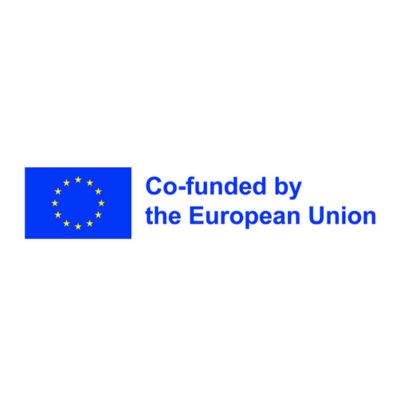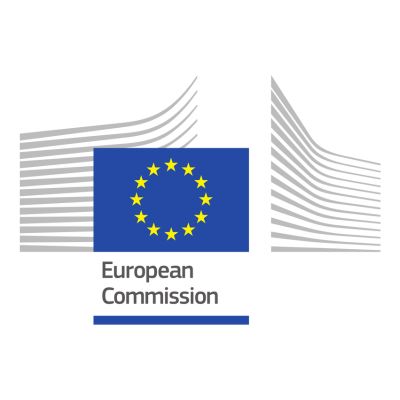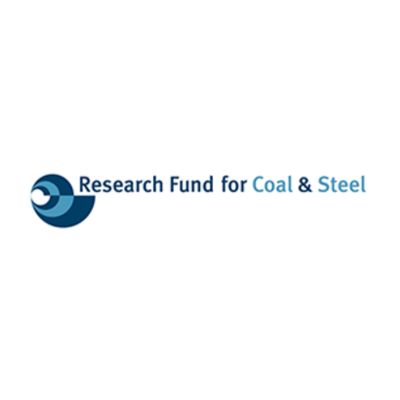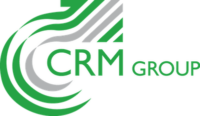Safe H-DRI
Safe transport of DRI from H2-based direct reduction considering quality-related H-DRI reactivity, stability, the efficiency of passivation methods and health and recycling aspects (Safe H-DRI)
Objectives
– Production of H-DRI with different qualities and reoxidation behavior
– Process analysis and product quality evaluation
– Examination of H-DRI stability, risks for dust explosion during handling and H-DRI passivation methods
– Concept for the adaptation of the equipment and logistic processes to transport H-DRI and project exploitation
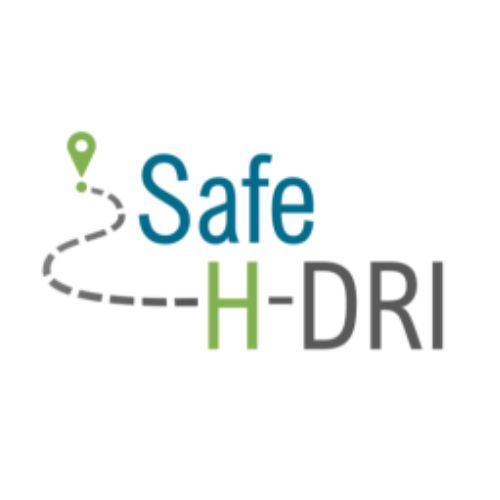
Description
Safe H-DRI is fully in-line with the policy and RFCS research objectives (Green Deal, Just Transition) to support clean steel breakthrough technologies, ensuring processes sustainability, evaluation and minimization of safety and health risks along the process chain. Safe H-DRI demonstrates the H2-based direct reduction of different iron ore qualities (including lower-grade ores being typically not used for direct reduction) and conditions (pure H2 and mixed with NH3).
The H2-based direct reduced iron (H-DRI) will be used to quantify its reoxidation during external and internal transport and the efficiency of passivation methods to design a safe H-DRI transport system. The efficiency of passivation methods to prevent hazards and risks from reoxidation (self-heating, ignition, local explosions) during transport and related handling will be quantified. A key part is the connection between steel producer and logistics provider. This generates important knowledge beyond state-of-the-art regarding H-DRI properties, establishing the EU steel sector as international leader for low-carbon H-DRI. Reoxidation trials under changing ambient conditions (dry and wet atmosphere, enhanced temperature) a.o. will quantify possible exothermic reactions during onsite storage.
The reuse of H-DRI fines produced during handling will assure reduced material losses. The excellent consortium comprises a mix of steel producers, plant supplier, logistics providers, RTOs, and universities with outstanding know-how in ironmaking and bulk solid transportation and is supported by letters of interest a.o. from ESTEP, Worldsteel, IIMA. The innovative knowledge regarding H-DRI behaviour will contribute to an updated transport system standardization and extend existing or new transport guidelines. H-DRI transport is expected to strongly increase in the future. Ensuring secure transportation and handling of H-DRI aligns with the EU’s push forward towards a resource-efficient, and competitive economy.
Partners
Funding Bodies
